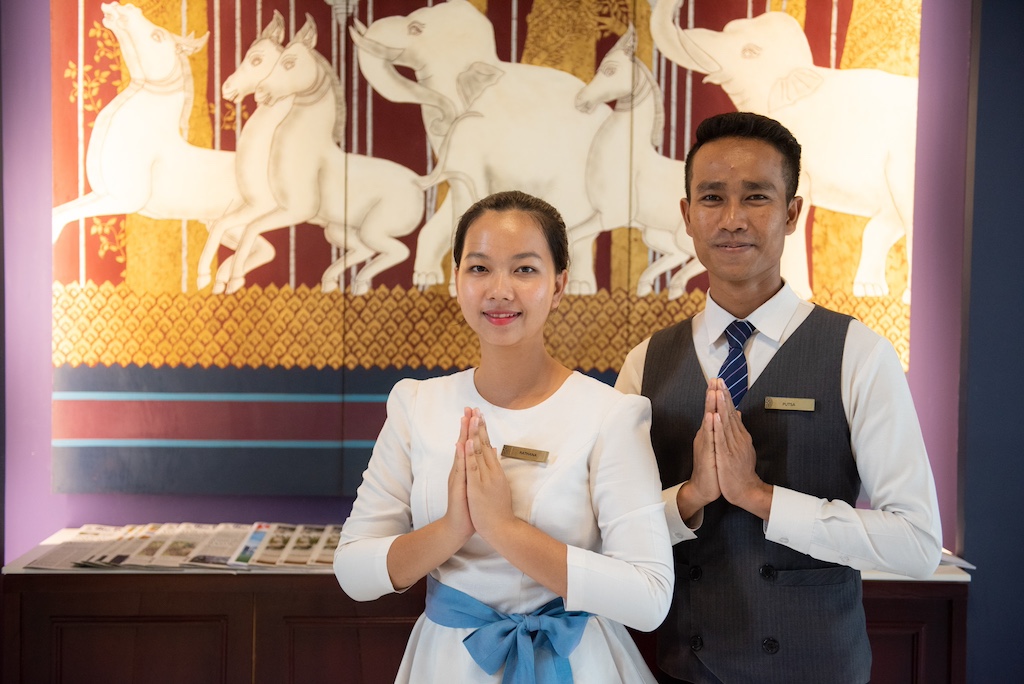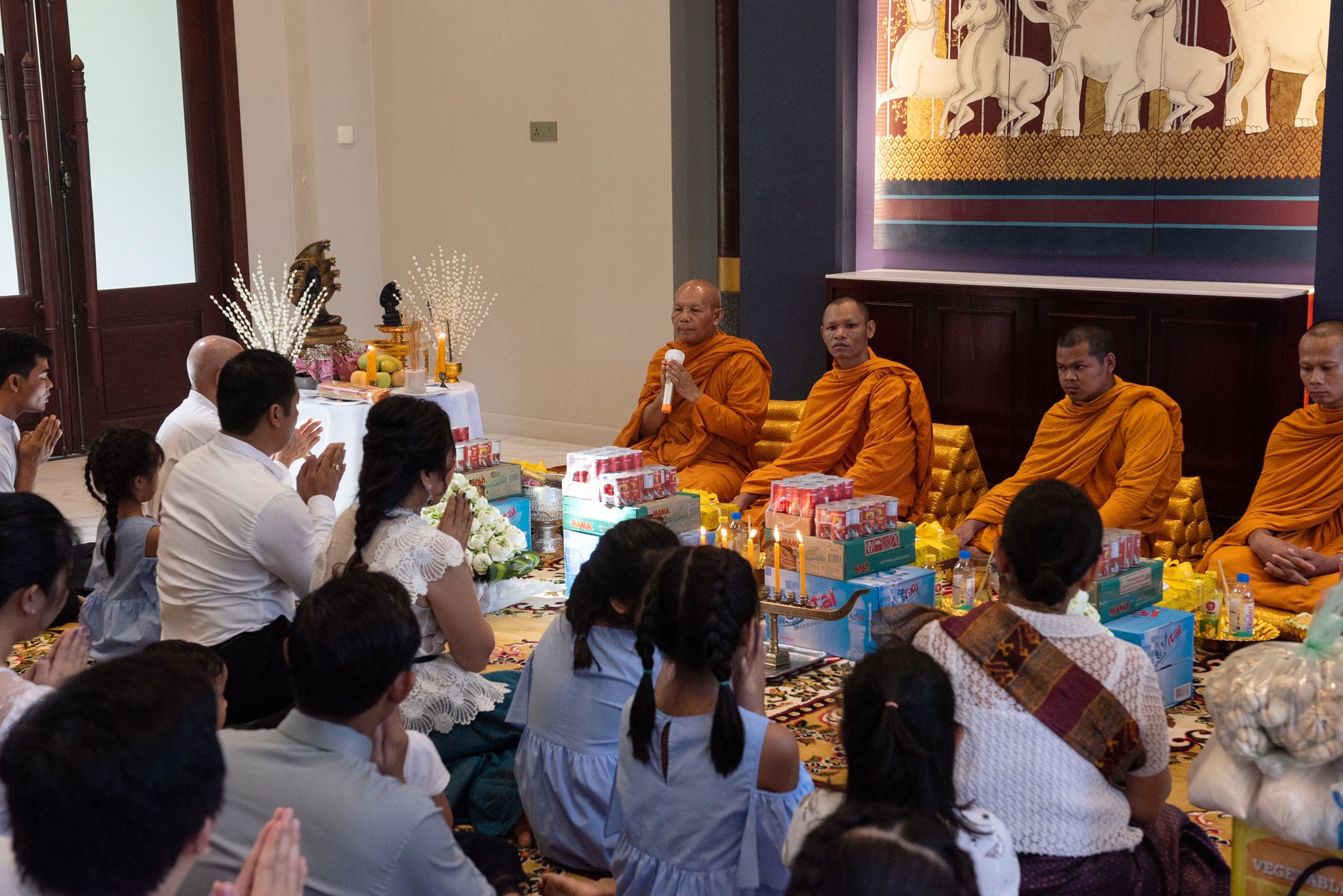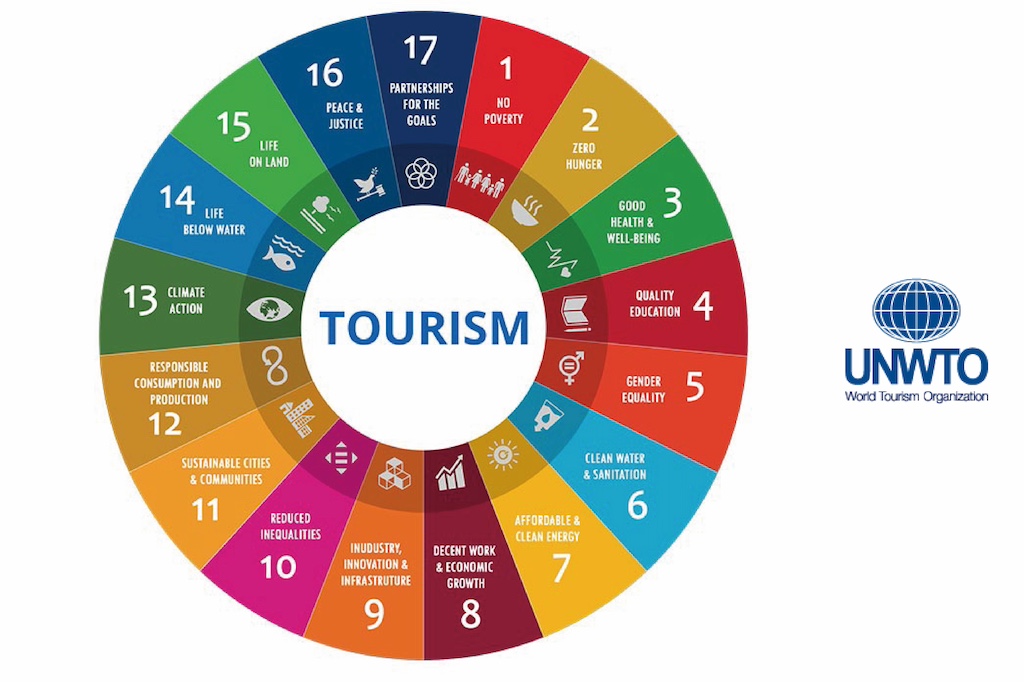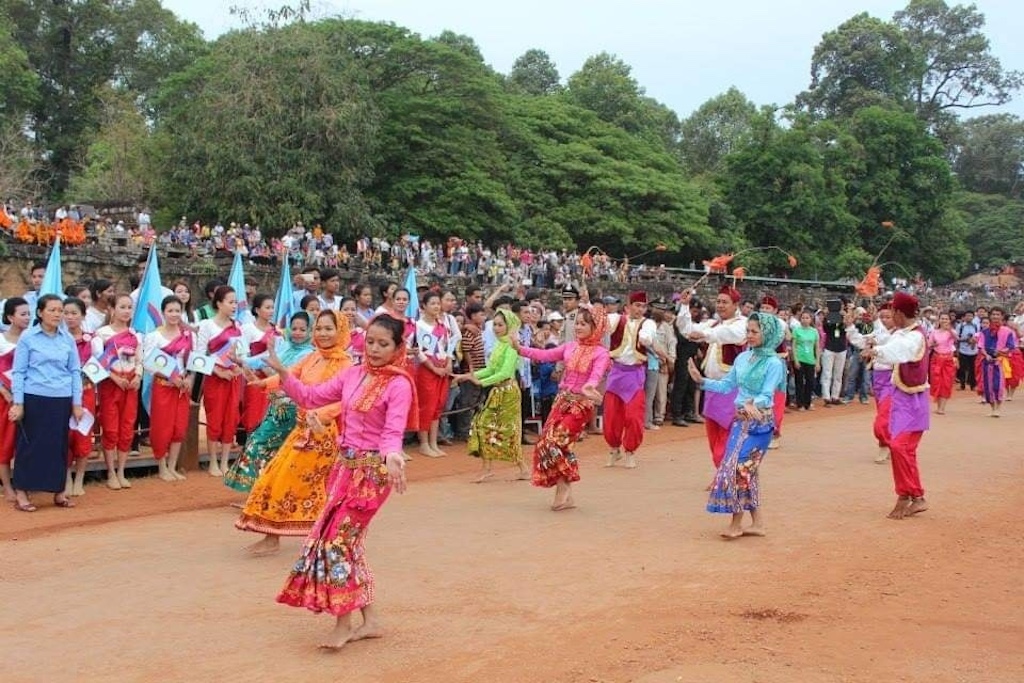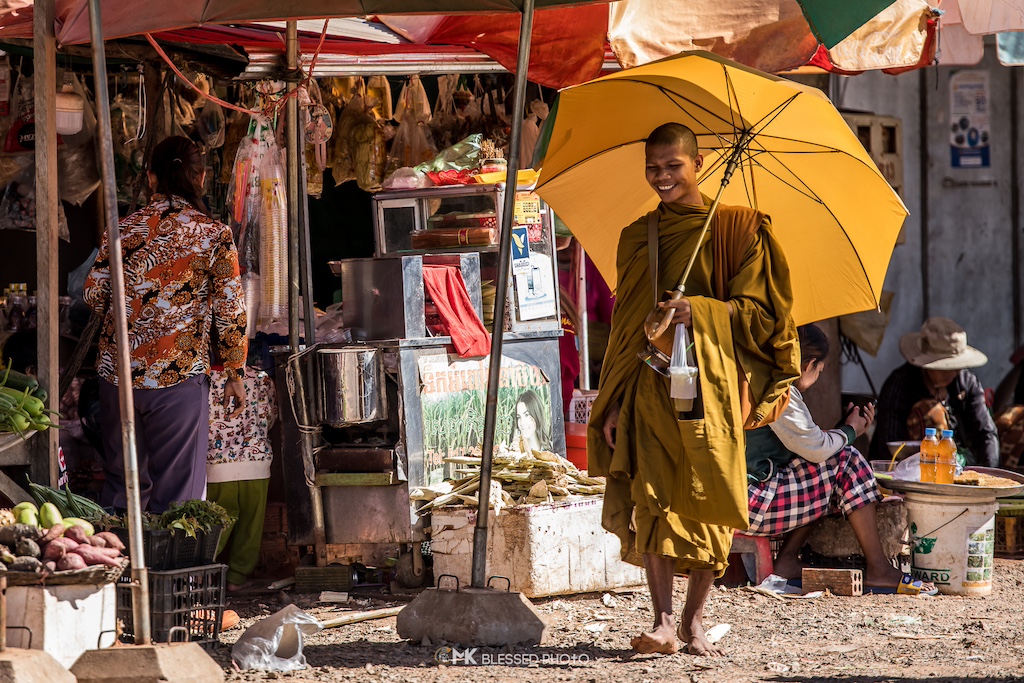Respectful Journey: Embracing Siem Reap's Manners, Customs, and Temple Etiquette
Siem Reap, more than a tourist destination, is a cultural tapestry rich in manners, customs, and traditions. This comprehensive guide is crafted for both domestic and international travelers, offering an insightful journey into the heart of Siem Reap's cultural norms, including the revered practices at the Angkor Temples. From the spiritual sanctity of ancient religious sites to the everyday customs that define local interactions, each section of this article provides a deep dive into the nuances of behavior and etiquette that are integral to Siem Reap's identity. As we navigate through the temples' sacred grounds, the article imparts essential guidance on respecting the historical and spiritual essence of these iconic structures. Beyond the temples, the guide explores the rich tapestry of social etiquette, culinary traditions, festival customs, art, and environmental consciousness that shape the everyday life of the Khmer people. Understanding these aspects is not merely about adhering to norms but about immersing oneself in the cultural depth of Siem Reap, ensuring a visit that is both respectful and enriching. This article serves as a bridge for travelers to connect genuinely with the local culture, thereby transforming their visit into an experience of mutual respect and cultural appreciation.
ANGKOR TEMPLES VISITOR'S CODE OF CONDUCT Visiting the Angkor Temples, a UNESCO World Heritage Site, requires adherence to a specific code of conduct that respects the site’s historical and spiritual significance. This section emphasizes the importance of preserving the sanctity and integrity of these ancient temples. Key aspects include dressing modestly, covering shoulders and knees as a sign of respect in these spiritual monuments. The article also advises against touching or climbing on the fragile structures to prevent damage to these irreplaceable relics. Angkor Temples Code of Conduct (English) Behavioral conduct is also discussed, highlighting the need for quiet and respectful demeanor, especially in more sacred areas of the temples. It's important to remember that these sites are not just tourist attractions but places of worship for many locals. Tourists are encouraged to follow guided pathways and respect restricted areas, ensuring their safety and the preservation of the site. Photography guidelines are also covered, advising against taking pictures in sensitive areas or of people in prayer without permission. The section also touches on environmental responsibility, urging visitors to avoid littering and to be mindful of their impact on the surrounding natural landscapes. The article concludes with a reminder that by following these guidelines, visitors contribute to the preservation of Angkor Temples for future generations, while also enjoying a more meaningful and respectful experience of Cambodia’s rich heritage.
(Youtube from Apsara Authority) RESPECT IN RELIGIOUS PLACES Siem Reap, a sanctuary of spiritual heritage, is dotted with sacred sites where respect is paramount. This section delves into the customs and decorum essential for visiting temples like Angkor Wat and Ta Prohm. It emphasizes the need for modest clothing, covering shoulders and knees, as a sign of respect. The article also advises on appropriate behavior in these sanctuaries, such as speaking softly, not pointing feet towards the Buddha images, and refraining from touching sacred objects. It includes tips on respectful interaction with monks – for instance, women should avoid direct contact. The importance of understanding and adhering to these practices is not just about following rules; it's a way to show reverence for Cambodia’s rich religious heritage and to connect more deeply with the spiritual ambiance of these ancient sites.
UNDERSTANDING LOCAL ETIQUETTE Social etiquette in Siem Reap is rooted in the values of respect and humility. This section covers the nuances of Cambodian social customs, starting with the traditional Sampeah greeting - placing palms together in a prayer-like gesture at different levels depending on the person's status. It explains the significance of non-confrontational communication and the importance of saving face in Khmer culture. The article outlines common practices such as removing shoes before entering a home and using the right hand for giving or receiving items. Understanding these subtleties is crucial for travelers to interact harmoniously with locals and to appreciate the intricacies of Cambodian social norms. CULINARY CUSTOMS Cambodian cuisine is a celebration of flavors and traditions. This section provides insights into the dining etiquette in Siem Reap. It discusses communal eating practices, where meals are often shared, and the use of utensils – typically a spoon and fork. The article also touches on traditional food customs, such as the use of fresh herbs and the significance of rice in every meal. Street food etiquette, including how to order and eat at local markets, offers travelers a glimpse into the vibrant culinary scene of Siem Reap. This exploration into Cambodian culinary customs is not just about food; it's an invitation to partake in a cultural experience that is central to the Khmer way of life.
FESTIVALS AND CELEBRATIONS Festivals in Siem Reap are a spectacular display of culture and tradition. This section explores the customs associated with major Cambodian festivals. It details the rituals and activities during the Khmer New Year, such as the cleaning of houses, the playing of traditional games, and visiting temples to offer food to monks. The Water Festival, another significant event, is explained in terms of its boat races and water blessings. The article also describes the practices during Pchum Ben, a period of ancestor veneration. These festivals are not just celebrations; they are living expressions of Siem Reap's cultural heritage and understanding them enhances the cultural appreciation of visitors.
CUSTOMS IN ART AND CRAFT The art and craft scene in Siem Reap is a window into the customs and history of the Khmer people. This section highlights the traditional crafts such as silk weaving, pottery, and lacquerware, explaining their cultural significance and the customary motifs used. It discusses how these crafts are integral to Cambodian culture, often reflecting religious and historical narratives. The article also sheds light on the process of creating these crafts, illustrating the skill and dedication involved. By understanding these artistic customs, travelers can appreciate the depth and meaning behind the beautiful handicrafts found in Siem Reap.
RESPECTING NATURE AND ENVIRONMENT Respect for nature and the environment is deeply ingrained in the customs of Siem Reap. This final section discusses the traditional practices that reflect the Khmer people’s reverence for the natural world. It talks about the customs related to agriculture, such as the rituals for rain and harvest, and the traditional fishing practices in Tonle Sap Lake. The article also covers the environmental conservation efforts in the region, highlighting how these practices are rooted in local customs and beliefs. Understanding these environmental customs is crucial for travelers to engage responsibly with Siem Reap's natural heritage and to appreciate the symbiotic relationship between the people and their environment.


